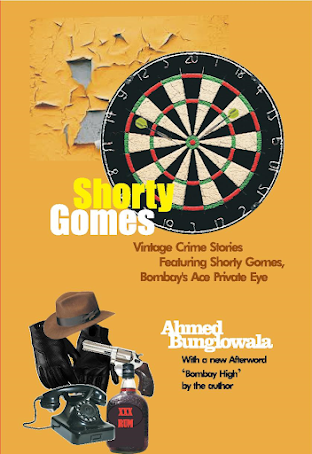A Writer’s Journey From Mind to Keyboard: A Review

Being a writer is a hard work and anybody who has dabbled in writing, albeit occasionally, will bear testimony to the fact. Imagine having the gumption to carry on with it alongside your primary source of income, or even adopting it as your only means of livelihood. Only the madness and passion that fuels the tenacity of writers presents us with a plausible answer to why there are people who have chosen to enter into writing professionally. From Mind to Keyboard , edited by Sheela Jaywant and published by Goa, 1556, is a book of stories from different writers living in Goa about their journeys as writers: what set off the spark and what kept them going despite any odds that presented themselves against their choice. The contributors are not all of Goan origin, and so they provide us with an insight into a writing world and its struggles that goes beyond the narrow confines of our State. It is, nevertheless, heartening to acknowledge the number of prominent writers Goa has produced. The





